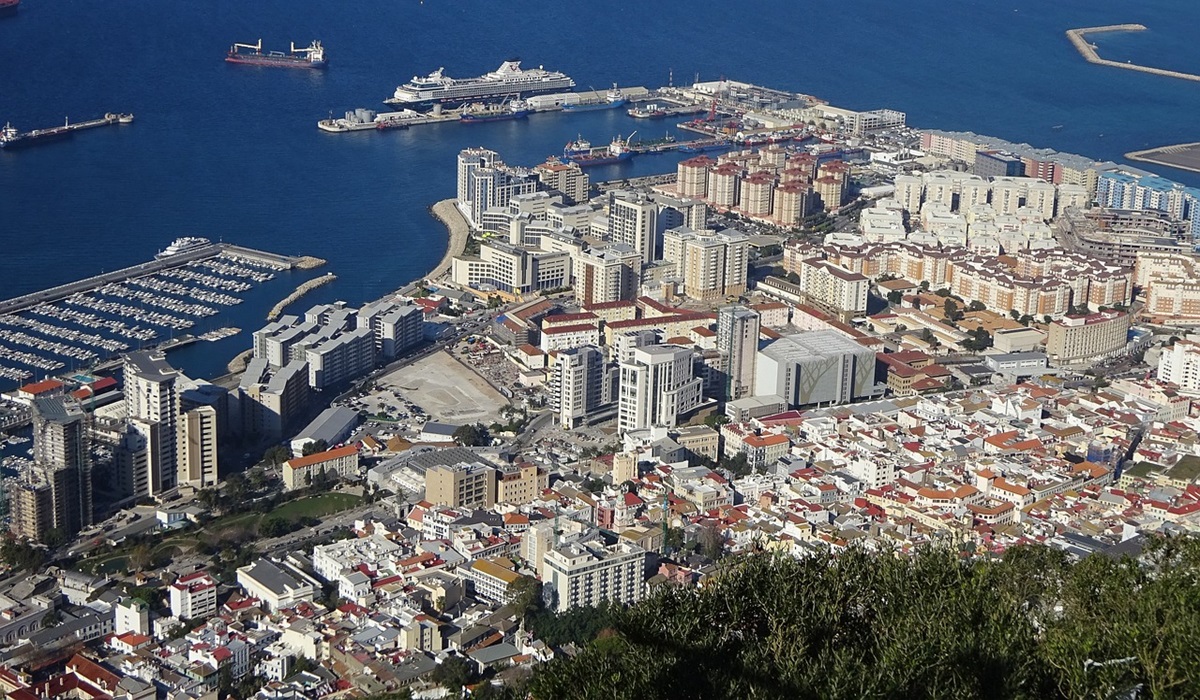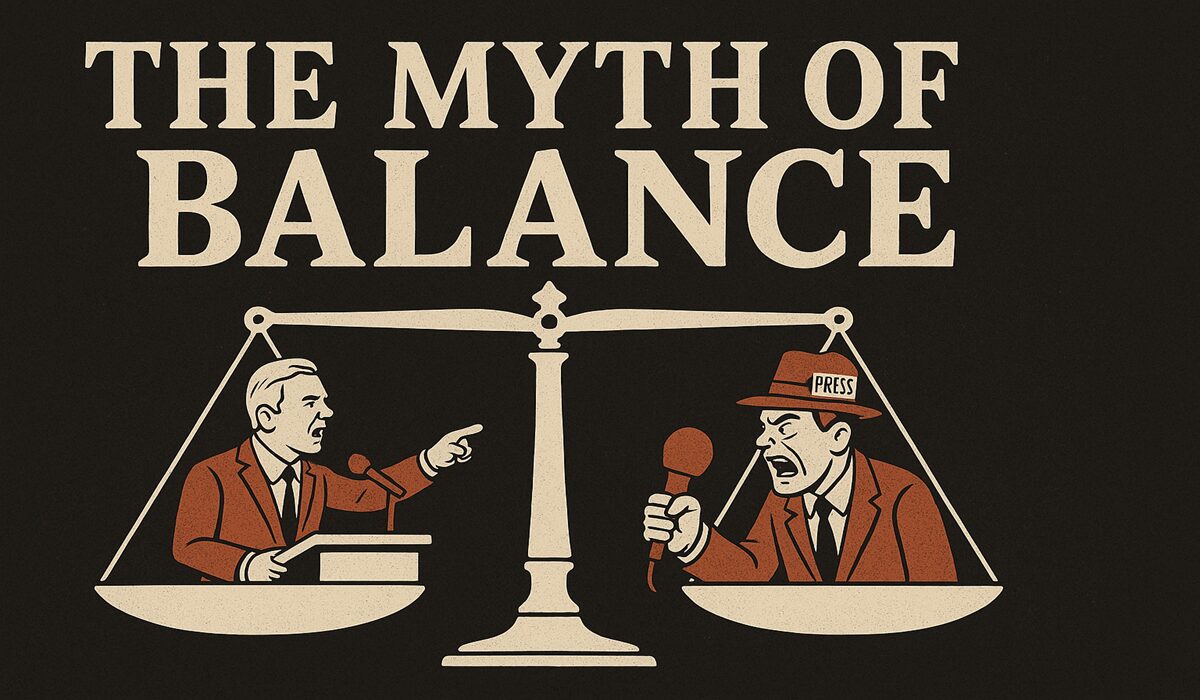Why Isn’t There a Bridge Between Europe and Africa? The Ocean Has the Answer
- Naomi Dela Cruz
- Africa
- D.O.C Supplements - Trending News
- April 4, 2025

Image Credit, Cogito Ergo Sum
At just 13 kilometers wide at its narrowest point, the Strait of Gibraltar seems like a perfect place to connect Europe and Africa with a bridge. After all, it’s shorter than many bridges that already exist around the world. Yet, despite decades of discussion and imaginative proposals, no such structure spans the water between Spain and Morocco. The reasons go far beyond geography and politics—they’re rooted in the science of the sea itself.
The Strait of Gibraltar marks the meeting point of the Atlantic Ocean and the Mediterranean Sea, and their interaction is anything but calm. On the surface, less salty Atlantic water flows into the Mediterranean. Meanwhile, deeper below, a reverse current of denser, saltier Mediterranean water flows back into the Atlantic. This creates a complex, two-layered current system that scientists have studied for years. These opposing flows are powerful and turbulent, with speeds and shifts that would make the foundations of any bridge or tunnel extremely vulnerable.
The seafloor adds another layer of difficulty. Though the strait is narrow, it reaches depths of around 300 meters, with areas of unstable sand, steep underwater slopes, and variable rock formations. Anchoring massive bridge supports into such a dynamic environment is far from straightforward. On top of this, the Strait of Gibraltar lies along a tectonic boundary between the African and Eurasian plates. This means the area is geologically active, experiencing occasional earthquakes and movements that would threaten the integrity of any fixed structure.
Engineering obstacles are matched by economic and political ones. A bridge or tunnel across the strait would cost tens of billions of dollars and would require international cooperation for construction, security, and long-term maintenance. While both Spain and Morocco have expressed interest in the idea, no project has ever moved beyond the planning stages.
Technological advances in marine construction may eventually make such a connection possible. For now, however, the fierce ocean currents, unstable seabed, and seismic risks make the Strait of Gibraltar one of the most scientifically challenging places on Earth to build a bridge. Until those forces can be managed, the dream of walking or driving between continents will remain just that—a dream shaped by the sea.








